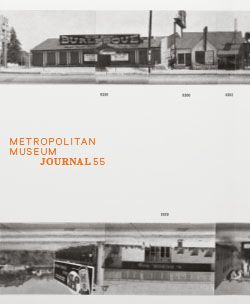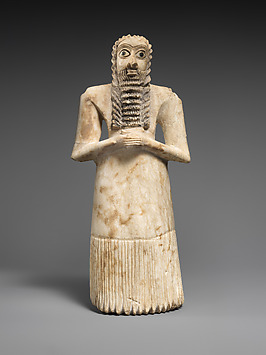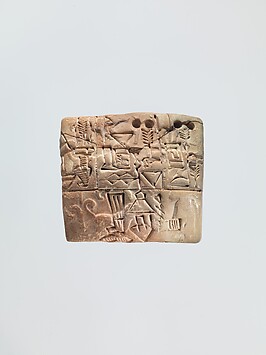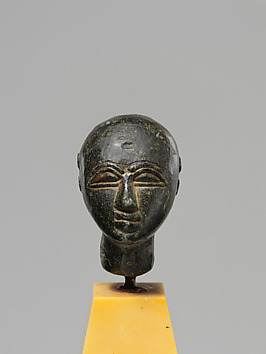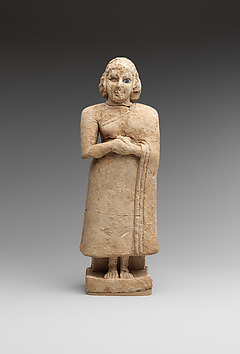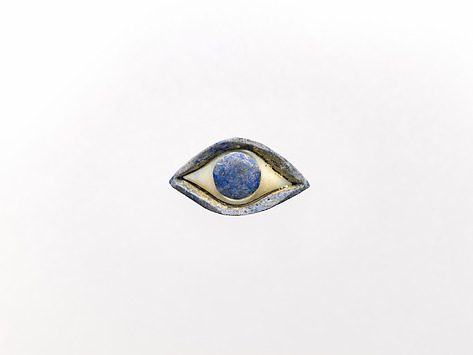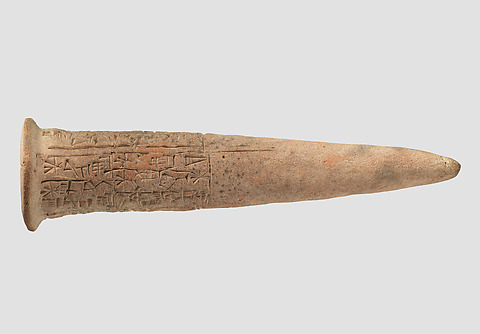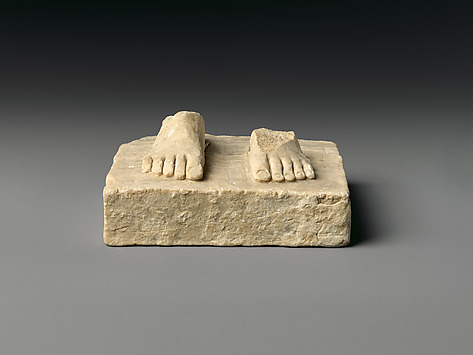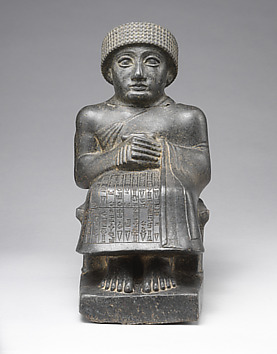Search / All Results
357 results for sumerian

editorial
Art for Resilience: Sumerian Standing Female Worshipper and More
December 21, 2020
By Kim Benzel and The Digital Editors






Essay
The Isin-Larsa and Old Babylonian Periods (2004–1595 B.C.)
February 1, 2017, revised May 23
By Elizabeth Knott
Press Release
Ancient Near East
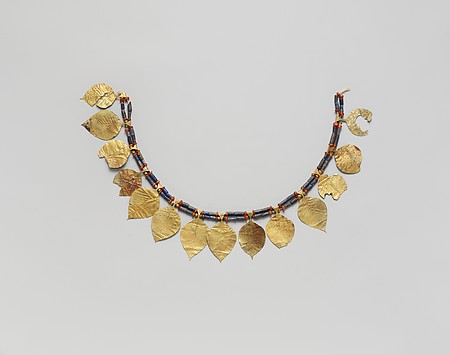
Art
